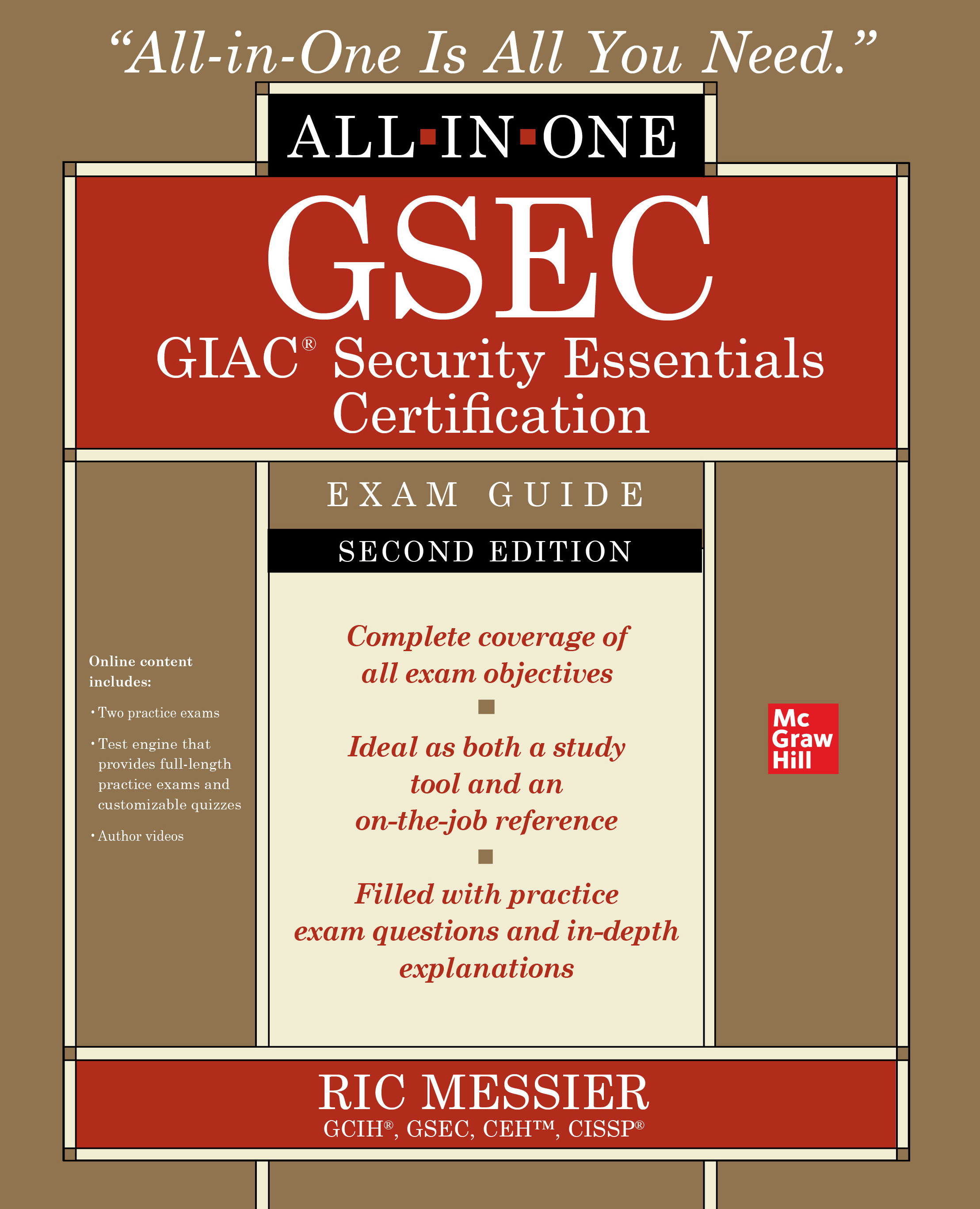Protection One to Compete Aggressively
“The business has kind of been in limbo for a couple of years, so hopefully [we are] at the end of that chapter,†Ginsburg conceded. “We are just pleased that we were able to come to terms with our creditors and restructure our debt and make the company a much stronger competitor.â€
Protection One reached an agreement last November with affiliates of Quadrangle Group, the company’s lenders under its credit facility and its majority equity holders, on a debt restructuring that would reduce the company’s obligations under its credit facility by $120 million in exchange for the equivalent of 800 million shares of Protection One’s common stock.
“We should ultimately reduce our debt by almost $200 million and reduce our interest expense significantly, and it puts the company on the right road,†Ginsburg summarized. “Quadrangle is about a $2.5 billion media and communications equity and debt fund in New York City, and we are actually one of their largest investments.
“Now that we’ve announced this restructuring with Quadrangle converting more than half the debt they own to equity, it enables us to execute our business plan and compete more aggressively,†Ginsburg revealed. “Our management team was one of the key assets that they saw value in. It’s so far been a nice relationship.â€
GETTING WHAT YOU PAY FOR
Protection One, which ranked third on the most recent SDM 100, now has approximately 64 company-owned locations and no longer buys customers from authorized dealers. “No one is using the Protection One name but us,†Ginsburg explained.“As of today, 100 percent of the new sales that we put on come from internally generated sales,†he maintained. “One of the other things that we’ve done here is we made a strategic decision three years ago that we’re just simply not going to give away alarm systems for free. When you do that, it obviously has an impact on margins, but it really has a long-term impact on attrition.
“Protection One had an attrition problem in the past, but that attrition is stabilizing,†he reported. “In the fourth quarter of 2001, total company attrition was 18.5 percent. In the most recent quarter of 2004, that number is 7.3 percent. Attrition reduction is one of the things that we’re most proud of. It’s a very tough task.â€
Ginsburg attributed the company’s attrition reduction to “super service and responding to service calls as quickly as we can. Our billing is proper and easy to understand and correct. The fourth thing is we had a poaching problem – some of our former dealers and other competitors were going after our customers.
“We consider ourselves one of the more aggressive companies in protecting our assets,†he explained. “We have an internal program that identifies cancellation trends and looks for people who may be acting unethically and going after our customers, and we’re not afraid to litigate when those instances come up.â€
He estimated the company has filed more than 25 lawsuits during the last three years against companies and individuals who were pursuing Protection One customers.
Not giving away alarm systems has helped earnings before interest, tax, depreciation and amortization (EBITDA), Ginsburg maintained.
“If you look at our adjusted EBITDA in 2003, our margin was 32 percent, about $88 million in EBITDA,†he pointed out. “If you look at it today, it’s about 34 percent, so even though our business had been shrinking, we’d managed to maintain and sometimes improve our margins. We’ve obviously controlled our expenses and spent money wisely.â€
WILL COMPETE AGGRESSIVELY
“In 2005, we plan to be a more aggressive competitor in all aspects of our business with residential and commercial and with our new restructured balance sheet,†he forecasted.“Frankly we’re seeing demand in most of our markets,†he noted. “We’re large enough that each market has its own kind of little niche that we’ve had to focus on. In some markets, video sells better than access and vice versa in other markets. I would say that not one is exactly the same.â€
He cited the company’s size as being a competitive advantage that allows it to offer high degrees of specialization. These include a central station dedicated only to commercial customers (the company has a total of four central stations in the U.S.), the size to experiment with new technologies like Wi-Fi and false alarm reduction methods and being able to train employees extensively.
Product initiatives include offering backup cellular telephone communication for alarm systems and a three-year cobranding initiative with BellSouth.
The company’s employee base of 2,300 has remained stable but expansion of the sales force will continue into 2005. Ginsburg estimated the company’s central station capacity will be sufficient for approximately the next four years.
“The most important news is that this is a company that has been through some kind of rough patches over the past couple of years,†Ginsburg admitted. “I think it is good for the whole industry, frankly, that we are going to come out of this in a positive way.
“The company is really kind of reinvigorated and our employees are really ready to compete,†he enthuses. “I think you are going to see Protection One a more aggressive competitor going into `05 and the years beyond.â€
Looking for a reprint of this article?
From high-res PDFs to custom plaques, order your copy today!






